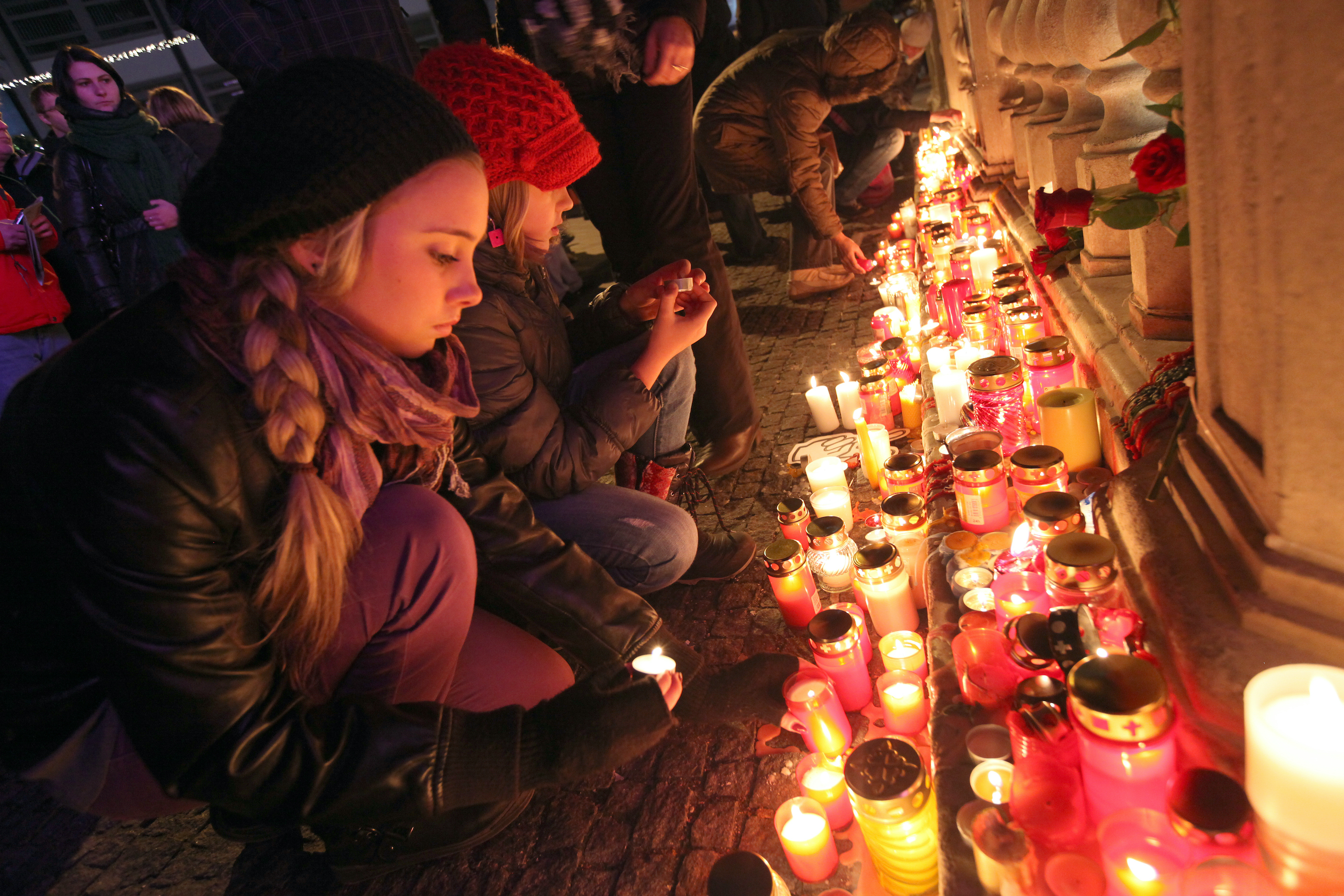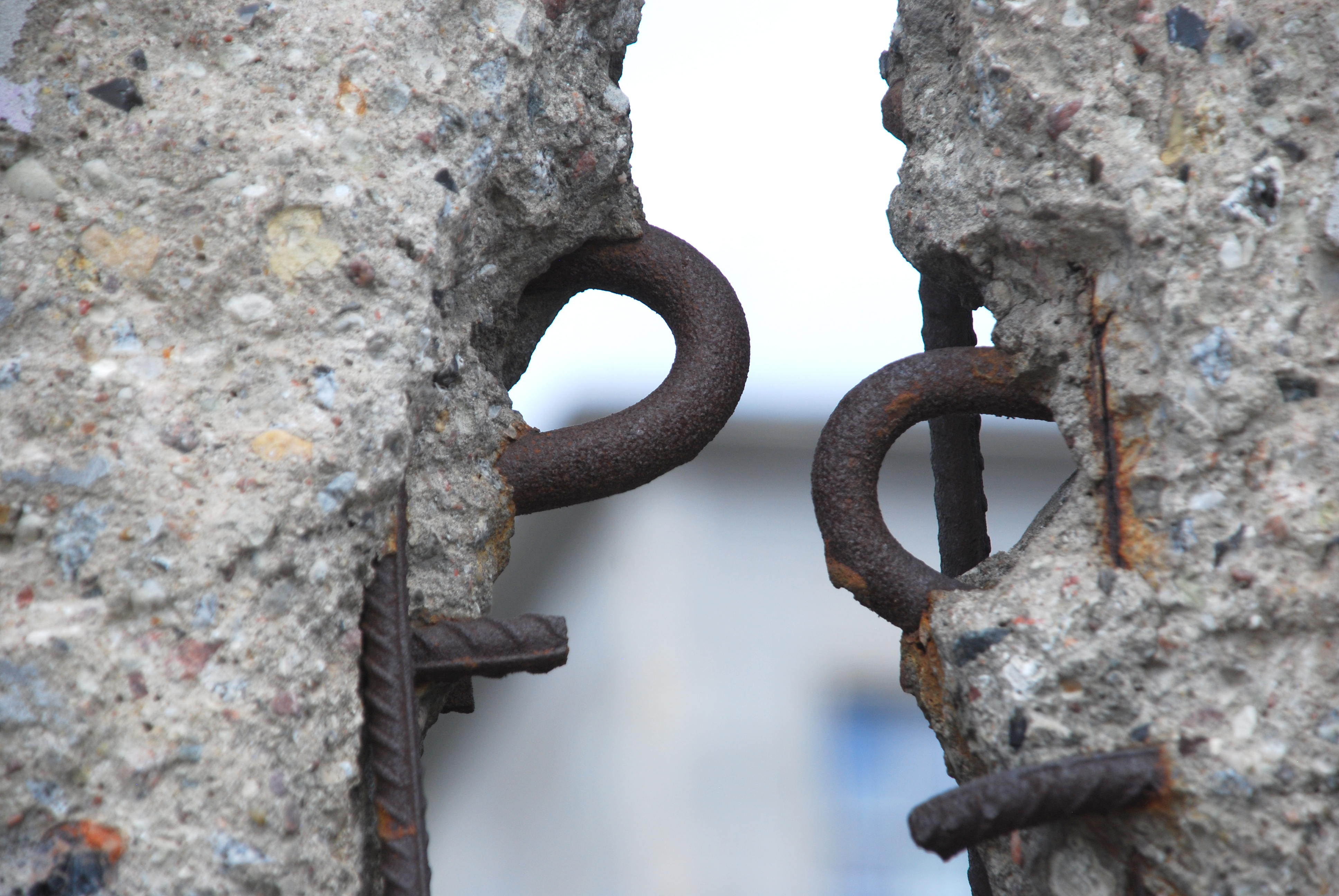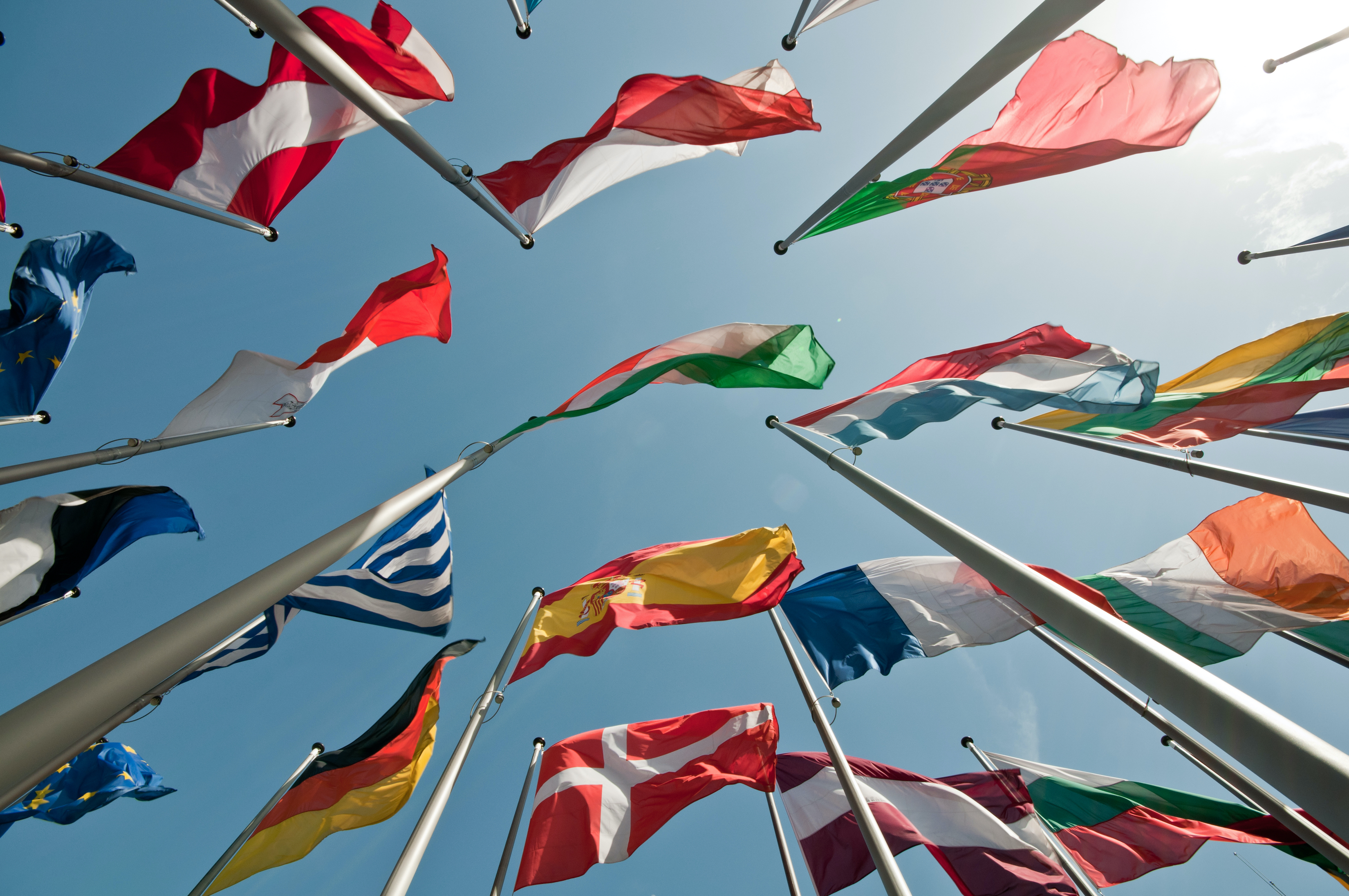1989 was bookended by another event at the end of that year: the Christmas Day execution of the Ceaucescus on national television in Romania. So the romantic rendition of 1989 was framed by violent actions in Tiananmen Square and the televised assassinations in Bucharest. By comparison, 1989 in Central Europe was hailed as a “year of miracles” (annus mirabilis) of peaceful transitions and “velvet” revolutions.
The legacy of 1989 for Eastern Europe and the European Union
Professor of Modern European History
- Romantic portrayals of the events of 1989 make it easy to overlook elements of xenophobic nationalism that existed at the time.
- One myth is that Eastern Europe was re-internationalised after 1989; in fact, Eastern Europe had strong connections with Africa and Asia in the 1960s and 1970s, and many of these connections were lost after 1989.
- As Eastern Europe’s global reach has shrunk, there has been a return to older forms of nationalism.
The romance of 1989
1989 looks very different today compared to just 10 years ago. If you look at the anniversary celebrations in 1990, 1994, 1999 or even 2009 there was a sense that 1989 was an affirmative tale of the triumph of the West over the East: the defeat of communism, the liberation of the Second World and liberalism triumphant. We have been familiar with these stories for three decades, but it’s a version of events that has its limitations.
For starters, the romanticised view of 1989 is partly the result of its juxtaposition with other headline developments of that year. In some ways, 1989 can be seen as two stories of 4 June. On the one hand, it was the infamous day when the authoritarian crackdown on protesters in Tiananmen Square in Beijing took place. On the other, it was the day of the dramatic Polish parliamentary elections, which resulted in Solidarity’s electoral breakthrough. So 4 June brought fundamentally different outcomes in China and in Poland. The fact that Gorbachev allowed these elections to stand set in motion a range of events over that summer and autumn in 1989.

Photo by haak78
Is this an anti-1989 moment?
What we now have is a very different story, sometimes described as a kind of counter-revolution. In other words, the revolutions of 1989 have now given rise to blowback events in recent years in Hungary and Poland. Recent political trends across Central Europe suggest that this is an anti-1989 moment, one in which the consolidation of authoritarian power stands in firm rejection of the “spirit of 89” generation.
Where 1989 stood for open borders, the dismantling of walls and the free traffic of people in the name of liberal cosmopolitanism, Viktor Orbán and other Central European political leaders have greeted the removal of borders not as an emblem of identity but rather as a source of fear and threat. Rising xenophobic nationalism and Islamophobia in the region is thus construed as a response to the liberal excesses of 1989.
But the idea that contemporary politics in Central Europe represents an anti-1989 moment overlooks the fact that a certain degree of illiberalism was there from the very beginning. The fundamental question is why we in the West – as commentators and historians – have looked away and not explored the full complexity of 1989’s “springtime of nations.” In other words, it’s less accurate to call recent developments a counter-revolution than part of the legacy of the region’s revolutionary heritage thirty years ago.
The real story of 1989
A number of things happened that year that we didn’t see clearly, though they were there in plain sight. Certainly this was the case with the rebirth of Catholic nationalism in Poland, as was the Bulgarian government’s expulsion of 300,000 Turks in the summer of 1989 on the grounds that these people supposedly were not integrating well into Bulgarian society. After Reunification, a number of asylum residences were burned down in East Germany and elsewhere. Add to that the “velvet divorce’’ of Czechoslovakia in 1993 along ethnic lines and, of course, the violent dissolution of Yugoslavia.
So all of these disparate developments were there. Yet commentators were so invested in this story of Western lliberal victory that they tended to sideline these elements as outliers in an effort to put forward a self-affirming account of Central European liberalisation.
Another reason for the power of the myth of 1989 is that it seemed to follow events in southern Europe in the 1970s when Greece, Portugal and Spain moved from dictatorship into liberal Western Europe; 1989 thus was celebrated as a second instalment in that historical trajectory. As a consequence, the scholarly and public understanding of 1989 perpetuated a Western European template of the transition from dictatorship to liberal democracy, andt consigned contradictory or dissonant countercurrents to the very fringes.
International Eastern Europe

Photo by Lois Gobe
One of the most powerful myths of Eastern European history after 1989 is that, with the dismantling of the Berlin Wall and the remaking of Central Europe, Eastern Europe was returned back to the international community; according to this view, after being left behind the Iron Curtain for so long, these countries were re-internationalised thanks to its opening to the West. This is crudely misleading.
If you look at Eastern Europe in the 1960s and 1970s, the region is remarkably integrated in global developments. Eastern Europe built elaborate political, military, economic and cultural networks with Africa and Asia, and were trading with a number of partners in the Global South. That was very standard at the time, to the point that some observers have argued that Eastern Europe was more internationalised than Western Europe from the 1960s through the 1980s. After 1989, those myriad Eastern European connections to the developing world quickly fell away, as attention was directed to the West instead. That resulted in a very long and difficult transition for Eastern Europeans: feeling like second-class citizens in a new Western-dominated post-Cold War world, one in which they were often mocked by the West for their “backward” material life and political structures. Those particular differences were read as damning indicators of the unmodernity of socialism itself.
Returning to borders and boundaries
The upshot was the re-provincialisation of Eastern Europe. Instead of re-internationalising Eastern Europe, the region experienced marginalisation on the world stage, which gave rise to virulent ethno-nationalism in part as a reaction to this new form of globalisation. Such identity politics has unleashed new cultural wars in which the Right has called for the defence of the nation against the scourge of a dangerous and decadent West, with abortion and gay rights serving as unwanted harbingers of cultural change. The brazen policies of these “illiberal democracies” have strained relations with the West, and especially with the EU.
Despite the fact that many of these Eastern European countries have received a huge amount of largesse from the European Union, they have attacked its liberal values on many fronts. Since 2000, Central and Eastern Europe has witnessed the erection of over 1,200 kilometres of new walls and barbed-wire borders.
Fencing themselves off from foreigners and refugees from the Middle East (few as they are) has driven a new politics of fear based on a belief in their national identity being in danger.
The European Union and Eastern Europe
It is hard to deny that the eastward expansion of the European Union and NATO has been a positive story for the former East Bloc. In opinion polls, Eastern Europeans overwhelmingly consider themselves proud members of the European Union, despite the fact that they sometimes feel at odds with their Western European counterparts. The large majority of Eastern European citizens, especially young people, are still keen to maintain their European connections at the institutional level.
The problem is that in the effort to integrate Eastern Europe, Western Europeans interpreted Europeanisation crudely in terms of economic liberalisation. Less attention was paid to ensuring that the political institutions in eastern Europe would be strong and stable, or to create incentives (and penalties) to avoid backsliding, as we have observed recently in Hungary and Poland.
The European Union has been weak in honouring its chief principle: that democracy must be a precondition for European Union membership. It’s still there as an aspiration, but one in which a number of people, both within the EU and outside, would like to see being enforced as an affirmation of the common values of the EU, and to make good on a vital part of the legacy of 1989.
The issue of identity

Photo by Markus Pfaff
For the most part, the influence of the European Union on Eastern Europe has been largely beneficial. Unfortunately, the European Union has underestimated the power of these national identity issues that were there all along.
Different attitudes towards the Gulf War and the recent refugee crisis have highlighted the stark differences between Eastern and Westeren Europe. More diplomatic effort could have gone into strengthening ties and a community of pluralistic values. Instead of focusing only on monetary policy, conditionality and liberal ideals, more effort needs to go into confronting the full legacy of 1989 so as to better understand what Europe is and could become in the 21st century.
Discover more about
The legacy of 1989
Betts, P. (2019). 1989 At Thirty: A Recast Legacy. Past & Present, 244(1), 271–305.
Betts, P. (2019). The Intimacy of Revolution: 1989 in Pictures. In J. Evans, P. Betts, & S.-L. Hoffmann (Eds.), The Ethics of Seeing: Photography and Twentieth-Century German History (pp. 250–273). Berghahn Books.
Betts, P (2014). The Politics of Plenty: Consumerism and Communism. In Smith, S.A. (Eds.), Oxford Handbook on Communism (pp.425–439), Oxford University Press.